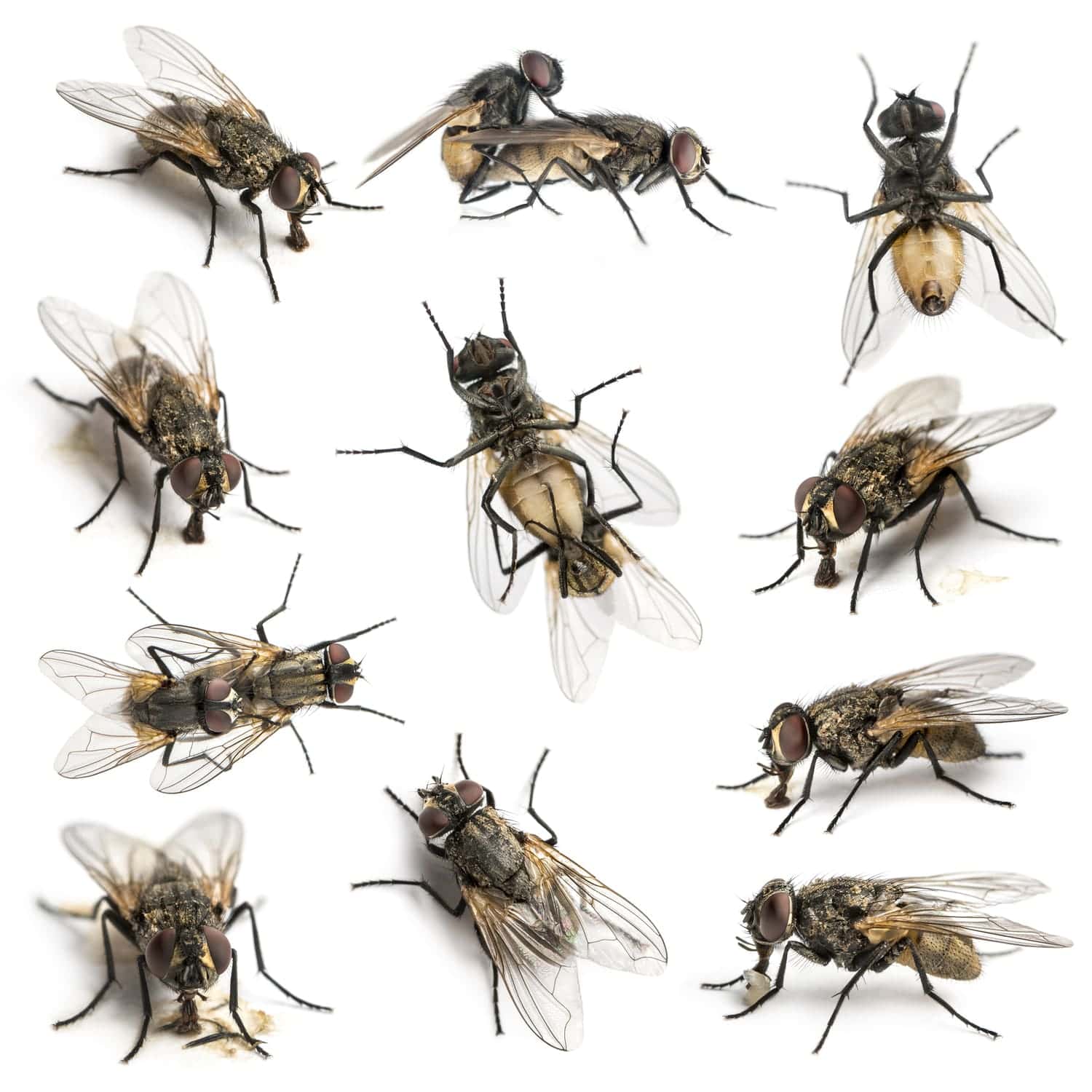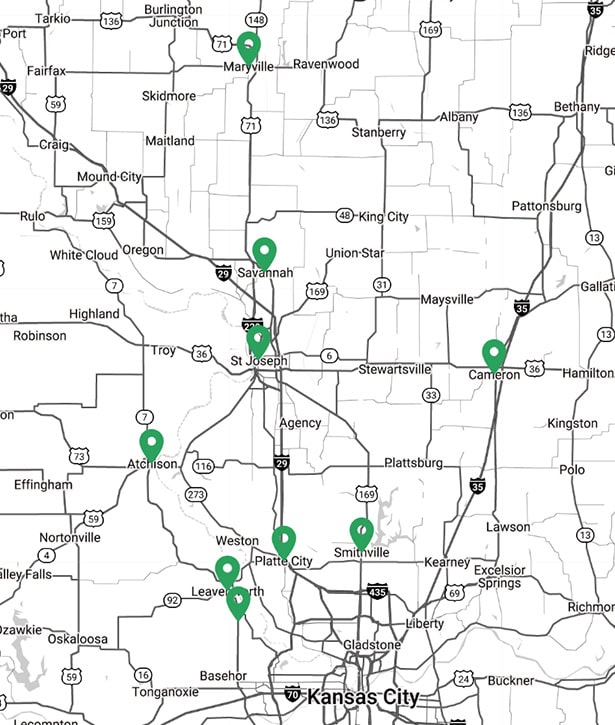
The stable fly, Stomoxys calcitrans, is also known as a barn fly, biting house fly, or dog fly because it sucks blood from mammals. The house fly and stable fly are similar in size, color and general appearance; however, a distinguishing feature that separates the two species is the distinct stiletto-like proboscis of the stable fly which extends forward beyond the head. This sharply pointed beak is used to pierce the skin and draw blood. The house fly cannot bite since it has no sponging, sucking mouthparts.
Adult stable flies, both male and female, feed on blood and are persistent feeders that cause significant irritation to their host. Adults are 7 to 8 mm (1/4 inch) long and resemble house flies. A “checkerboard” appearance of the top of the abdomen and the stiletto-like proboscis will separate this species from adult house flies. These flies go through 4 life cycles: egg, larvae, pupae, adult. Females deposit clusters containing up to 50 eggs and can produce multiple clusters.
Stable flies will feed on blood from practically any warmblooded animal, including humans, pets and livestock. Individual flies may feed more than once per day. Peaks of feeding activity commonly occur during the early morning and again in the late afternoon. Stable flies prefer feeding on lower parts of the hosts such as the legs. Both male and female stable flies feed on blood, and the female requires blood meals to produce viable eggs. Females deposit their eggs in a variety of decaying animal and plant wastes, but are rarely found in fresh manure. This fly prefers excrement mixed with straw, soil, silage or grain but are also found in wet straw, hay, grass clippings, other post-harvest refuse and poorly managed compost piles.
Stable fly management includes applications of residual insecticides, baiting, and trapping. Use of longer residual insecticides provides control for an extended period when sprayed onto sites where the adult flies congregate. Such places as fences, sides of buildings and inside and outside of animal stalls may be potential day or night resting sites for these flies. Other methods of fly control such as baits, electric grids and traps are ineffective for the blood-feeding stable fly. These flies are strong fliers and can travel significant distances.
Locally owned, and family operated, committed to the St. Joseph Missouri community for over 50 years
Our certified and extensively train technicians ensure effective, safe pest management
Over five decades of proven Pest Control experience and unparalleled customer satisfaction.
Custom pest management plans tailored to your specific needs for effective, targeted results.
Guaranteed pest control solutions that ensure lasting results in peace of mind
If you don’t see your city on the map, that doesn’t mean we can’t service your area. Please contact us if you have any questions.
Call Us Today
Learn more about our Community Center

14375 US-71, Savannah, MO 64485
Office Hours
* Appointments are available outside of standard office hours to better accommodate your schedule.